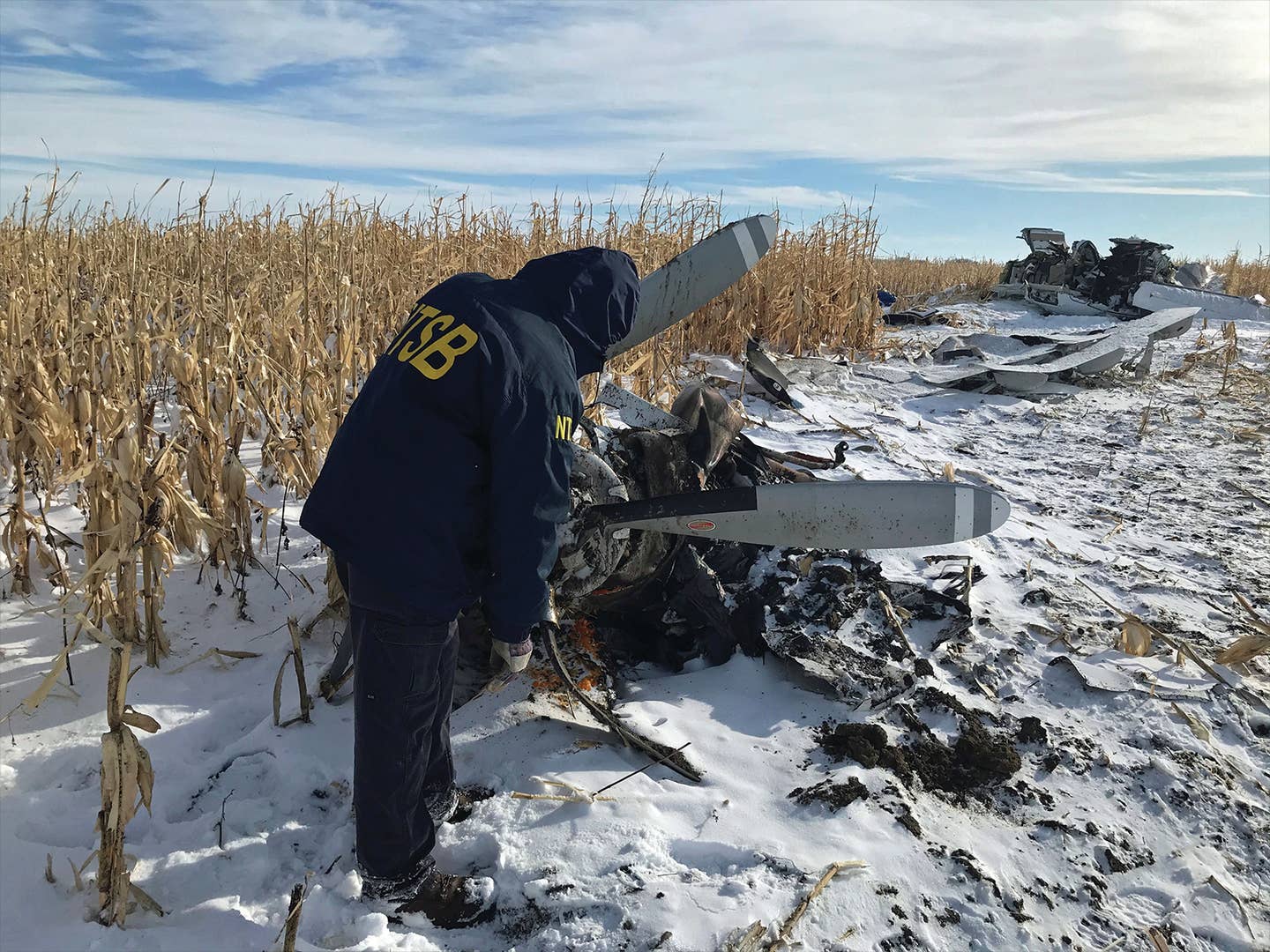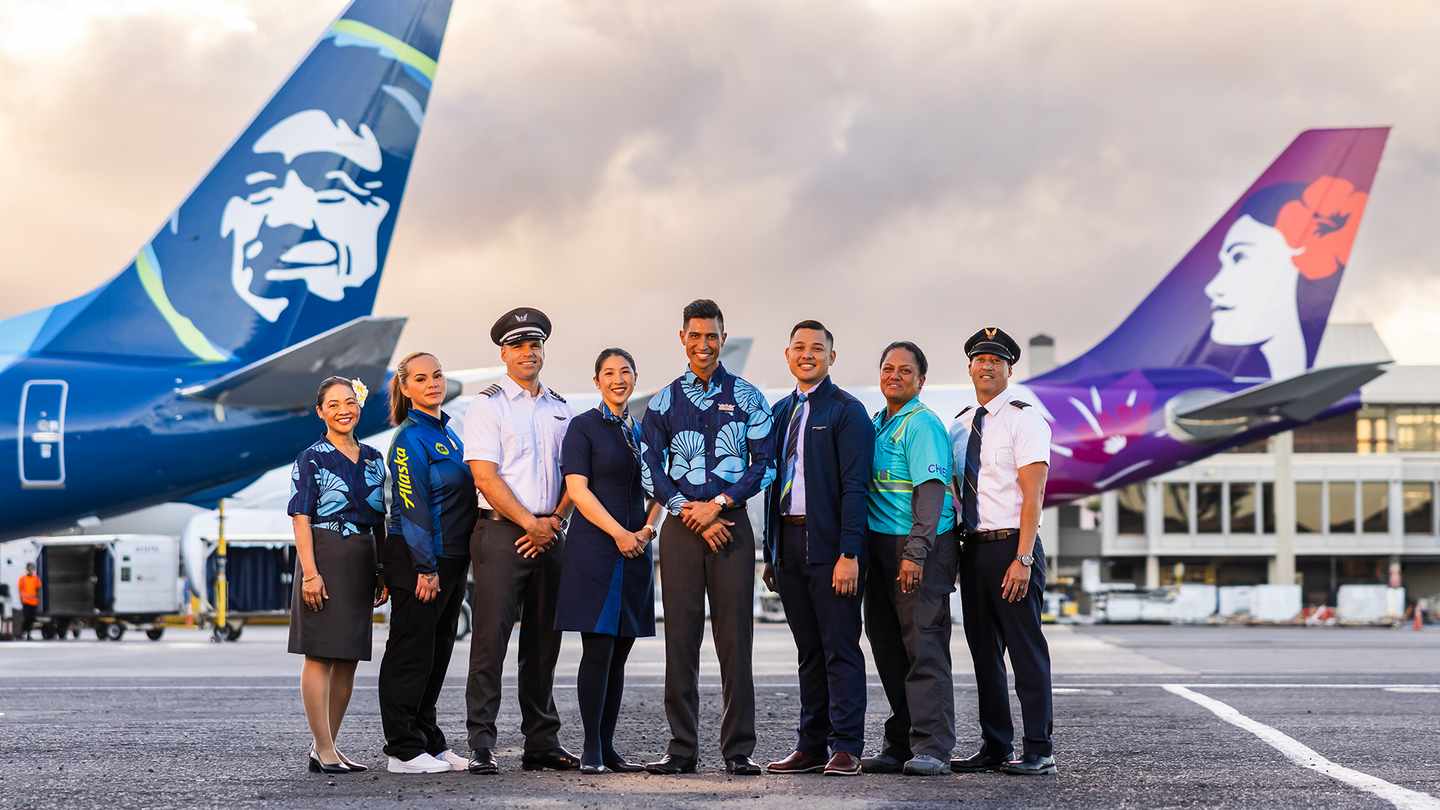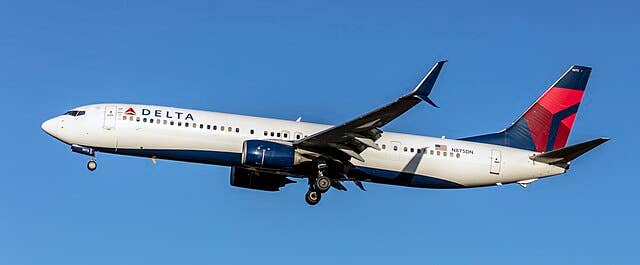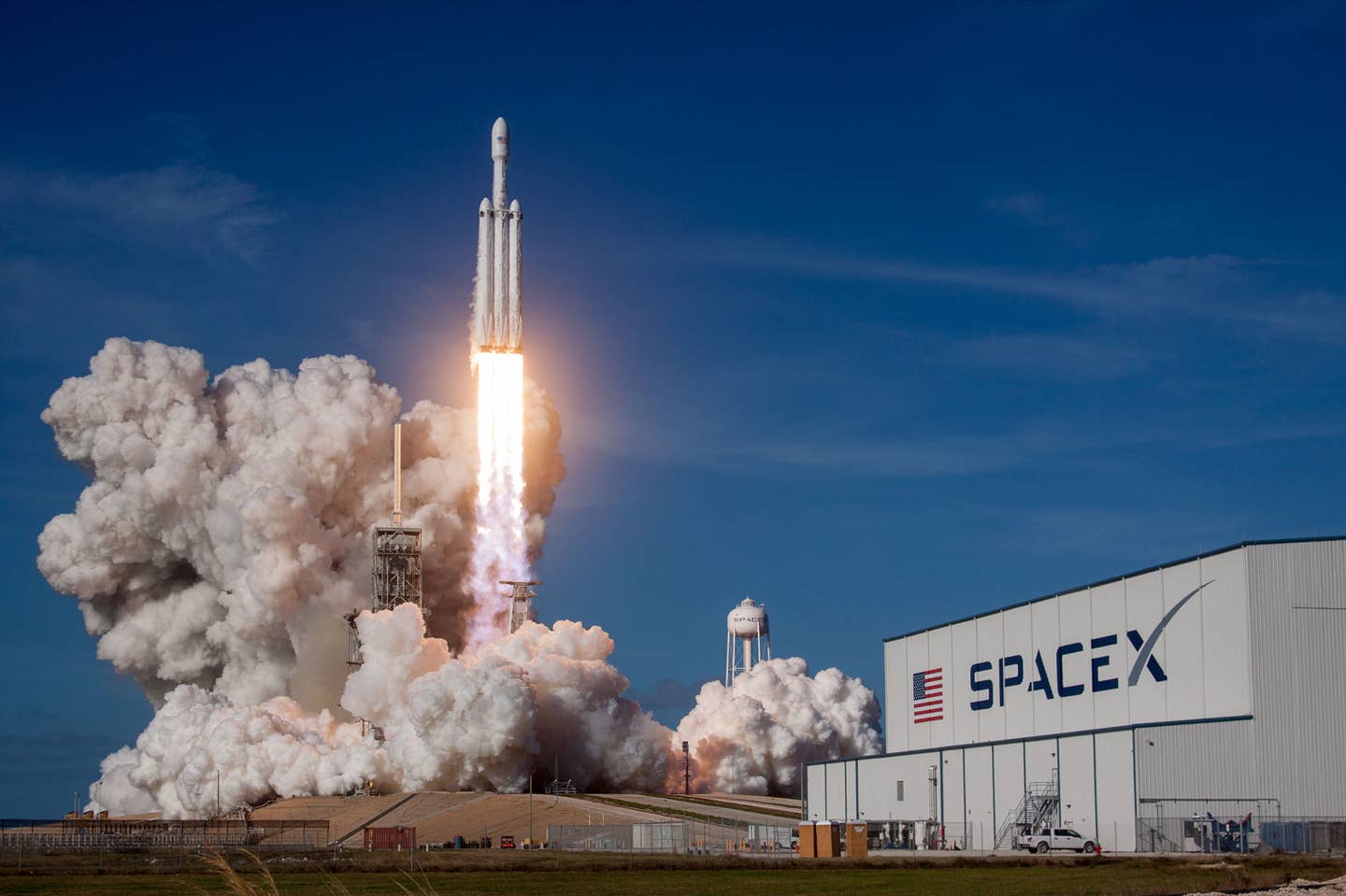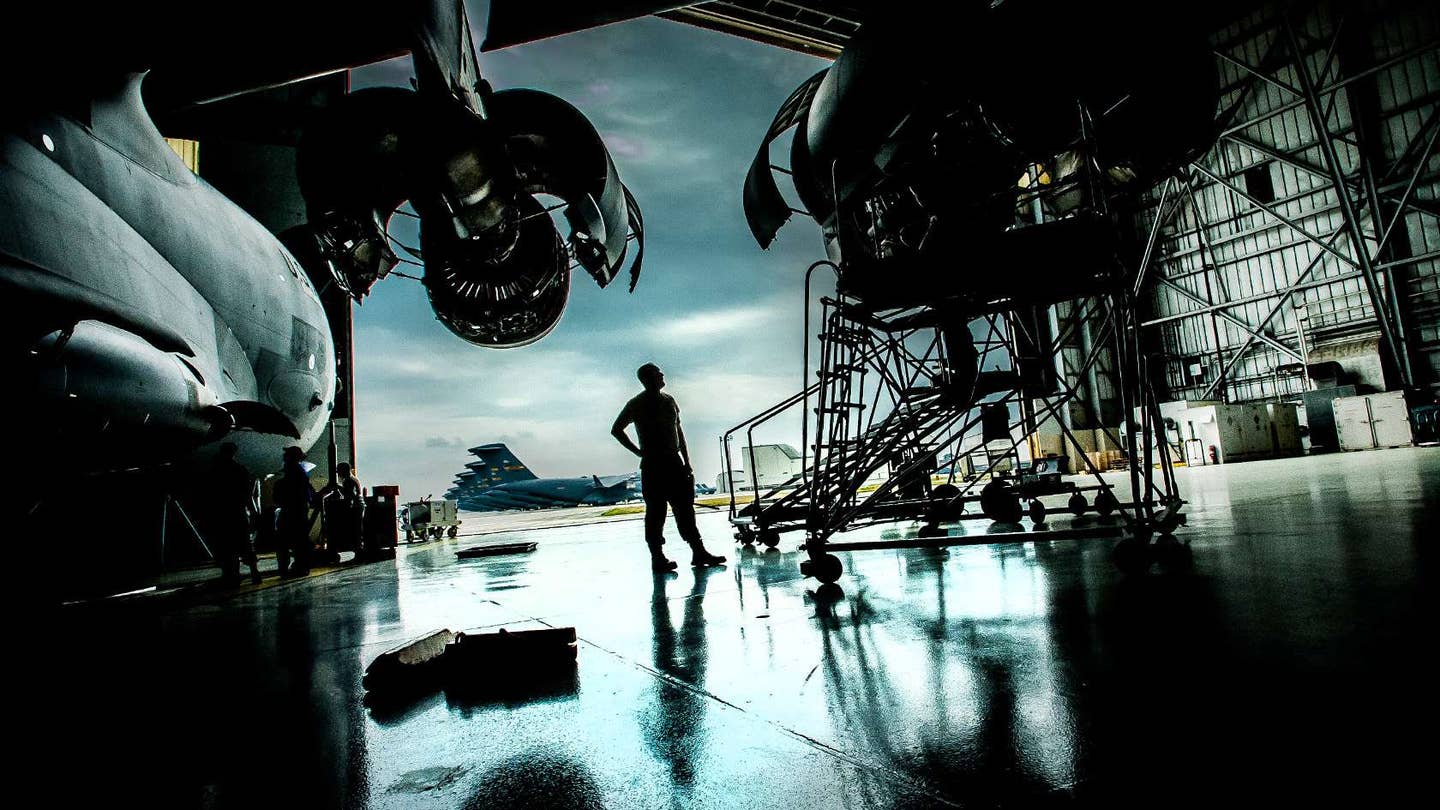NavCanada Offers Temporary Amnesty On ADS-B Mandate Violations
Nav Canada says it has implemented a grace period for aircraft operators who enter Class A airspace in Canada (above 18,000 feet, IFR only) without the ADS-B equipment that meets…
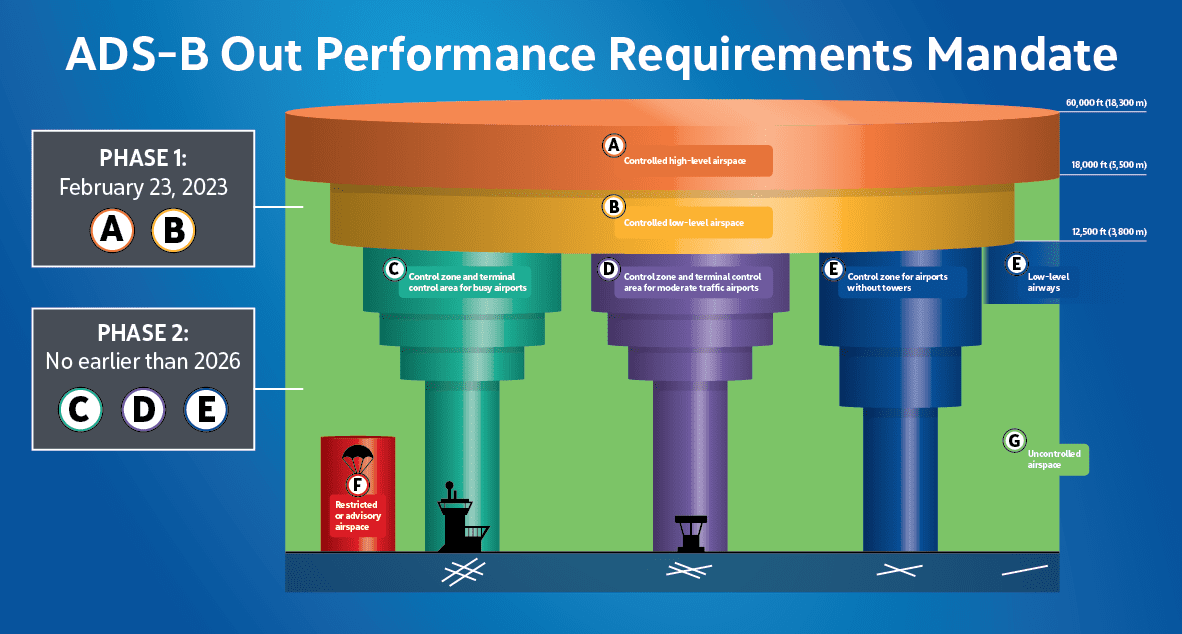
Nav Canada says it has implemented a grace period for aircraft operators who enter Class A airspace in Canada (above 18,000 feet, IFR only) without the ADS-B equipment that meets the newly activated mandate. The not-for-profit air traffic management company said operators who mistakenly enter Class A without antennas that send signals both up to satellites and down to ground stations will not face sanctions during the first 90 days of the mandate, which started on Aug. 10. "While the Class A mandate will be in effect on August 10, 2023, a 90-day implementation transition period from August 10, 2023 to November 8, 2023 will offer aircraft operators more time to acclimate," Nav Canada told AVweb in an email statement. "Aviation Occurrence Reports (AOR) will not be filed during this transition period in the event that an aircraft not equipped in accordance with the Canadian ADS-B mandate and has not received an accommodation agreement enters airspace where ADS-B is mandatory."
Most U.S. aircraft that routinely operate at 18,000 feet and above are already equipped with so-called "antenna diversity" (ADS-B Out antennas on the belly and roof), but the U.S. ADS-B system uses only ground stations so top-mounted antennas are not required. Those types of installations do not meet the Canadian requirements, but Nav Canada says operators of noncompliant aircraft who still want to use Canadian Class A airspace can apply online for the "accommodation agreement" and the company says it will do its best to let the airplane in.
The situation will get more complicated on May 16, 2024, when the mandate will include Class B airspace. That's controlled airspace above 12,500 feet and above the minimum enroute altitude and is open to VFR traffic with a controlled VFR clearance. That will capture a lot more U.S. aircraft that don't meet the Canadian mandate. Nav Canada has pledged to delay the ADS-B mandate for all other Canadian controlled airspace until at least 2028 and after extensive consultation with groups representing affected operators, which will be anyone who wants to fly in controlled airspace.
GA groups have already been busy trying to talk Nav Canada and Transport Canada into delaying implementation of the mandate at all levels including the Class A and B but to no avail. The groups, including AOPA and the Canadian Owners and Pilots Association, found out that Nav Canada plans to build ground stations to boost coverage in Toronto, Montreal and Vancouver and argued that belly antennas should be enough in those areas. NavCanada told AVweb it will continue to require antenna diversity throughout the country.
"We are currently evaluating the deployment of approximately 30 receivers in total, which is a very small figure when you consider the size of our country. They are being added primarily to increase future bandwidth in high density locations, such as Toronto and Montreal, and enhance our already robust surveillance environment," NavCanada told AVweb. "A by-product of this is that they can mitigate expected congestion from a large number of transponders broadcasting on 1090 MHz over the coming years (noting again that we are currently receiving reliable space-based signals that vastly increase airspace where NAV CANADA can offer surveillance separation services).
"With this small of a deployment and the aforementioned obstacles to deploying a ground-based solution in Canada, we disagree with the suggestion that this small number of ground receivers mitigates the need for dual antennae and a common operating configuration for aircraft in the classes of airspace currently being implemented (Class A and B). ... Implementation in additional classes of airspace will not occur sooner than 2028 following additional assessment and stakeholder engagement."

